This is an story about corporate websites. However in my experience of working on websites for both federal and local governments, many of these principles apply to many governmental websites. I would hope that those who have some influence over gov websites especially review “You Need A Separate Web Division”; “You’re Not Getting Value From Your Web Team”, “Design By Committee Brings Death”, “A CMS Is Not A Silver Bullet” and “You Have Too Much Content”
Recent Articles on GovLoop
- A 21st-Century Education in Ohio Prisons
- How to Be a Nimble Employee
- AI Practices for Better CX
- Delivering AI at Scale Without Missing a Beat
- How Supervisors Can Navigate Negativity
- GTFS: The Secret Sauce Behind Rider-Facing Transit Information
- CX Innovation: Reminder Text Messages Make a Difference
- From Risk to Resilience: Making the Case for Mission-Critical OT Security
- What’s Next for CX?
- Turn AI Investments Into Meaningful Outcomes




Thanks for sharing!
Terrific summary, although I disagree, sort of, with #4. Esp. for large gov’t organizations, there truly are multiple audiences *at the top level*. For example, at the US Environmental Protection Agency, we create and enforce regulations, we do science, and we teach people what they can do to protect the environment. Each of those activities has key audiences.
So we design the home page to help direct each audience, but I agree with you that once you get to the content, you need to have a specific audience in mind. For example, there’s no reason a scientific paper must be written so middle schoolers can read it. And a document providing guidance to state regulators needn’t make sense to a firefighter.
I’ll be tweeting this in a second.
Jeffrey Levy
Director of Web Communications
US EPA